Protecting Construction Workers from Head Injuries: A Critical Issue
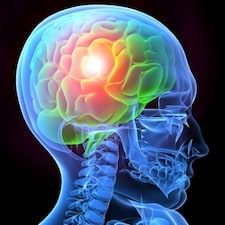 Head injuries remain one of the most serious hazards facing construction workers today. With thousands of construction workers suffering traumatic brain injuries (TBIs) on job sites annually, the need for proper head protection and safety protocols is more urgent than ever. As construction accident attorneys in New York, we know that the consequences of these injuries can be life-changing, not only for the workers themselves but also for their families.
Head injuries remain one of the most serious hazards facing construction workers today. With thousands of construction workers suffering traumatic brain injuries (TBIs) on job sites annually, the need for proper head protection and safety protocols is more urgent than ever. As construction accident attorneys in New York, we know that the consequences of these injuries can be life-changing, not only for the workers themselves but also for their families.
In fact, based on historical data, over 50,000 nonfatal work-related TBIs are treated on average annually in U.S. emergency departments. Even more alarming, between 2003 and 2010, 2,210 construction workers died as a result of a TBI. These alarming statistics reflect the significant risks faced by those working in construction, where dangerous conditions and overhead hazards are part of the daily routine.
Some common causes of head injuries in the construction industry include:
 New York Personal Injury Attorneys Blog
New York Personal Injury Attorneys Blog


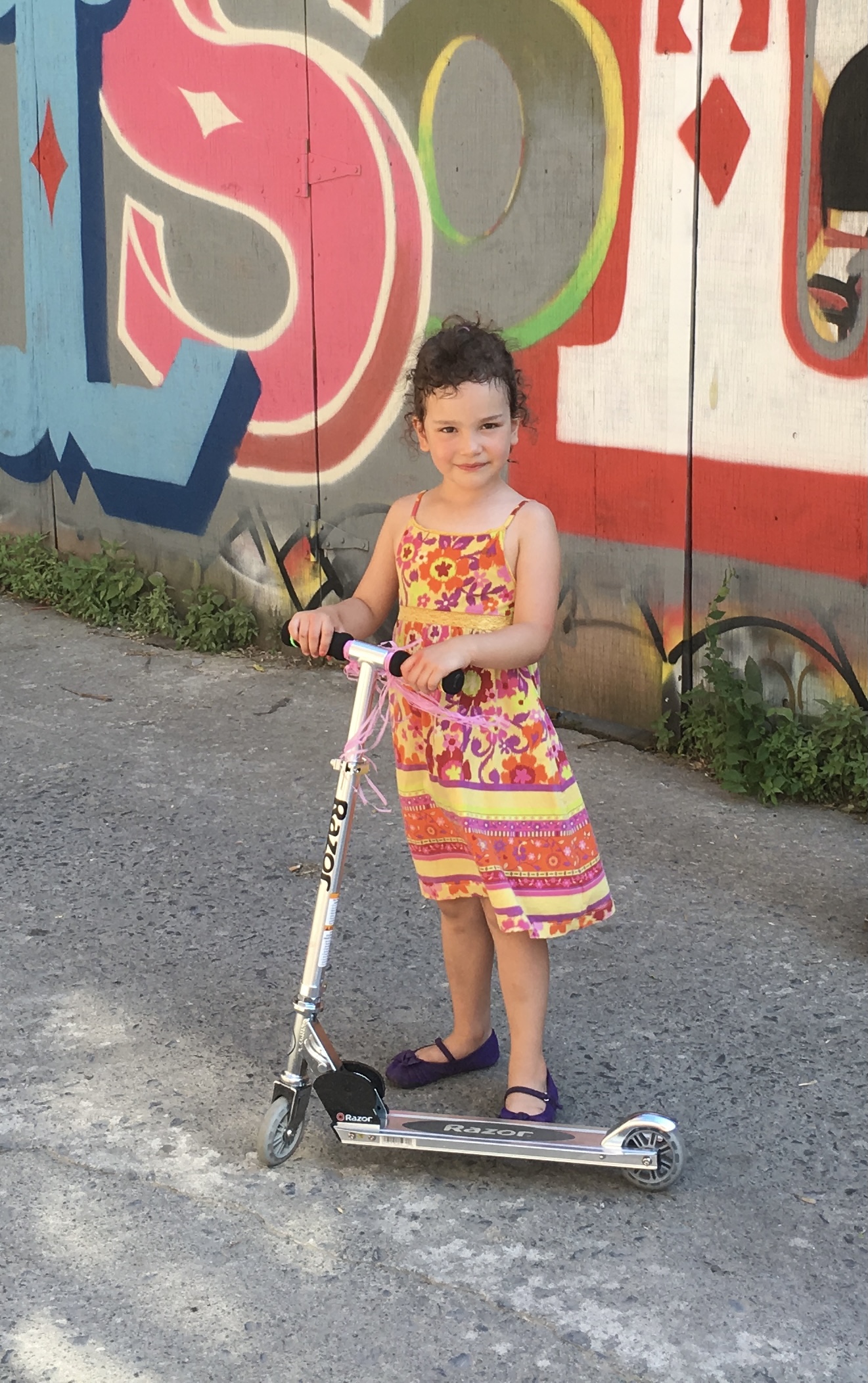
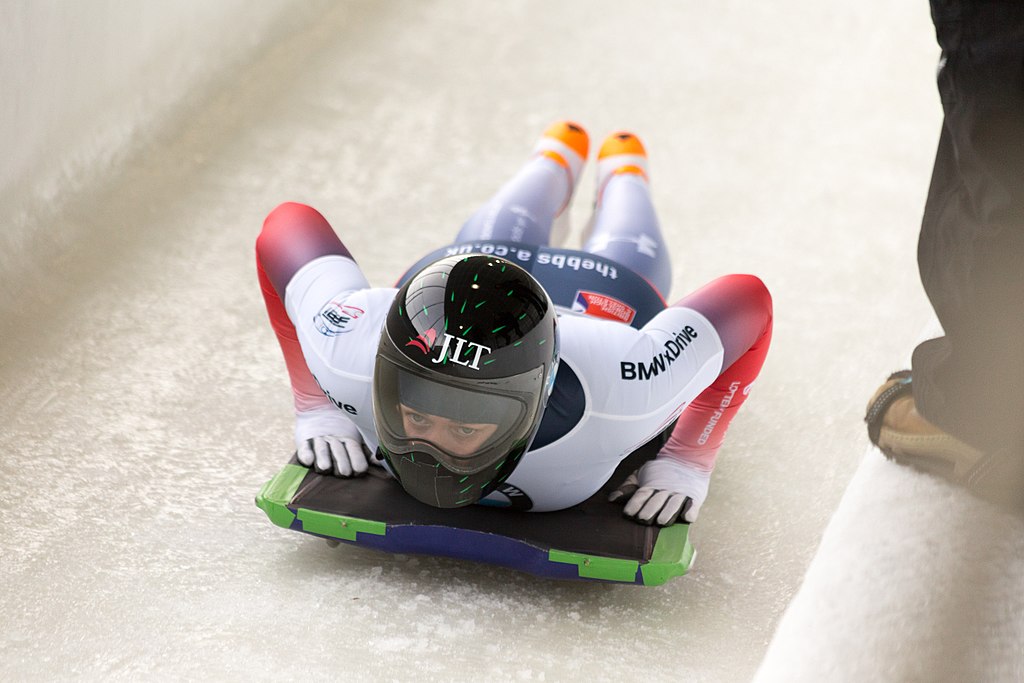
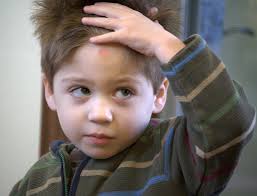
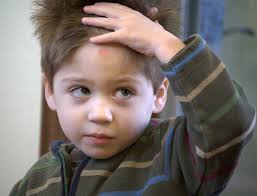

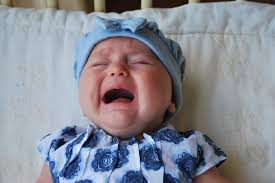
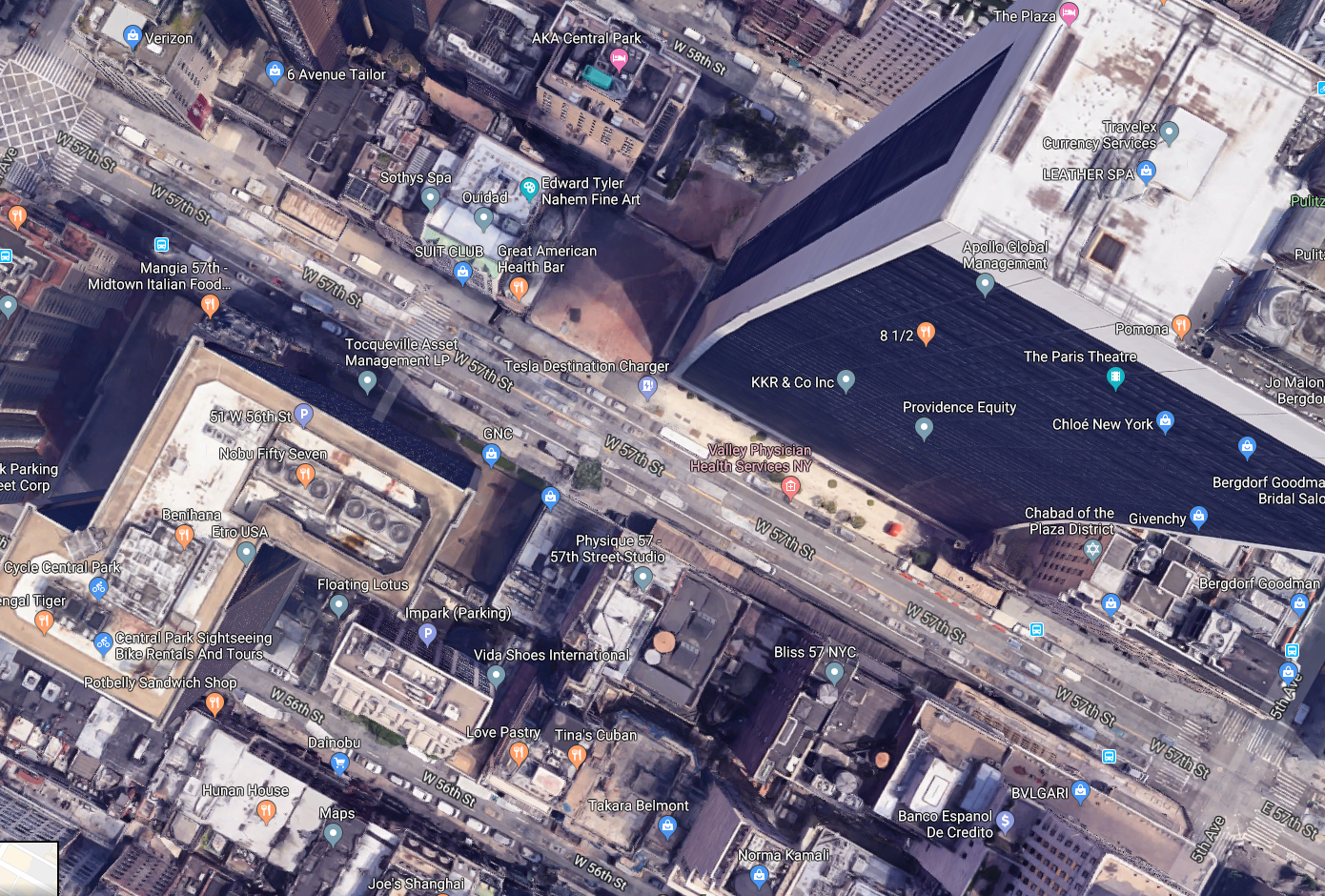
 The
The 